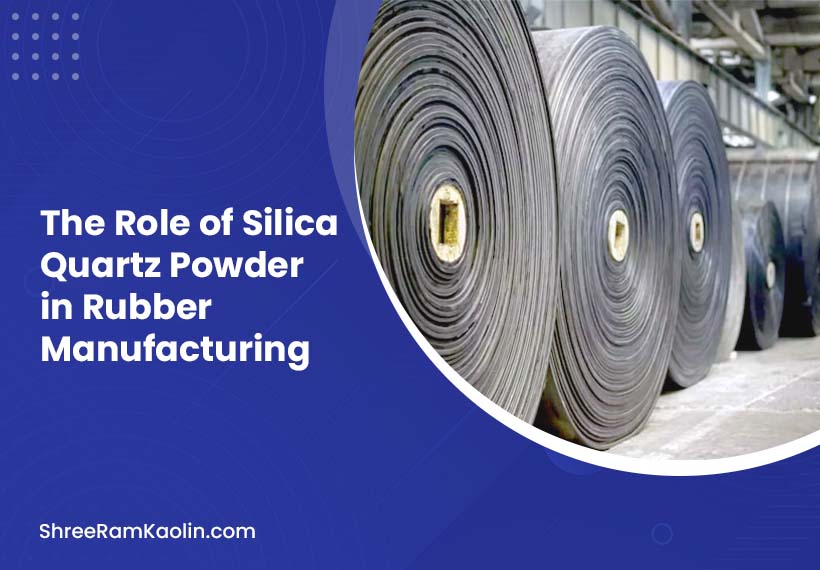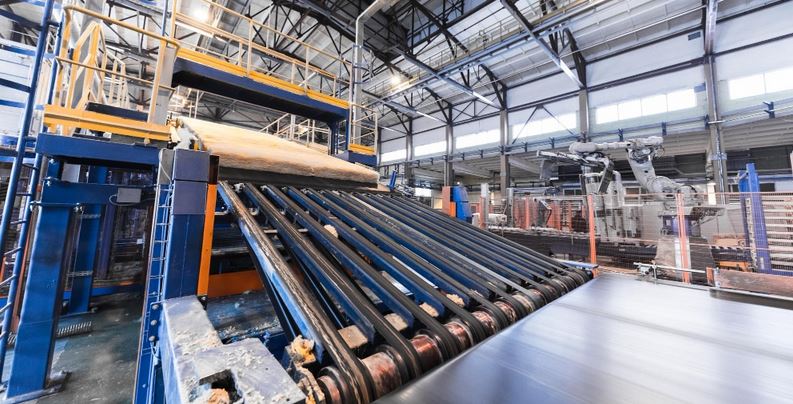The Role of Silica Quartz Powder in Rubber Manufacturing

Silica quartz powder has long been recognized for its central role in rubber manufacturing processes and products. In this article, we explore its many contributions and transformative effects in rubber manufacturing processes.
Historical Context of Silica in Rubber Manufacturing
Silica quartz powder’s integration into rubber production has an illustrious past. At first, its role was secondary to more popular materials like carbon black. However, over time, its unique properties became increasingly recognized and used, leading to groundbreaking advancements in rubber technology.
Properties of Silica Quartz Powder
Silica quartz powder is widely known for its superior physical and chemical properties. These include its durability, strength, thermal stability and role in improving rubber product quality and performance.
Silica Quartz vs. Other Fillers
Contrasting traditional fillers such as carbon black, silica quartz stands out for its distinct benefits. It provides superior reinforcement, improved abrasion resistance, and better-wet grip properties in rubber applications like tyre manufacturing.
The Manufacturing Process of Rubber with Silica Quartz

Integrating silica quartz powder into rubber production requires complex consideration and planning. Care must be taken when mixing this material into its target compound to maximize properties without altering processing characteristics or changing processing properties.
Enhancing Performance with Silica Quartz
Silica quartz powder plays an integral part in improving tyre performance during tyre manufacturing, helping increase durability, better traction, and fuel economy while making tyres both safer and more economical for consumers.
Environmental Benefits
Silica quartz has multiple environmental advantages that are valued, leading to the production of “green tyres,” featuring lower rolling resistance that decreases fuel usage and greenhouse emissions.
Challenges in Using Silica Quartz Powder
Silica quartz powder may offer many advantages to rubber manufacturing; however, its implementation presents its own set of difficulties, particularly its complex processing procedures and higher costs than more traditional fillers.
Technological Advances in Silica Quartz Utilization
Silica quartz usage in rubber manufacturing has seen ongoing technological innovations that aim to optimize integration into rubber compounds while increasing product performance.
Case Studies
Numerous case studies demonstrate the transformative impact of silica quartz on rubber products, showing improved product performance and market competitiveness.
Market Trends and Demand for Silica Quartz in Rubber
Consumer preferences, market forces and trends determine the demand for silica quartz rubber products in the rubber industry. An increasing emphasis on sustainability and performance has led to an expanding market for silica quartz-based rubber products.
Safety and Regulatory Aspects
Rubber manufacturers who handle or process silica quartz powder must comply with various safety and regulatory standards to protect both workers and the environment from potential dangers posed by silica dust. These regulations aim to mitigate this hazard.
The Role of Research and Development
Research and development play an essential part in driving silica quartz applications forward within rubber manufacturing by developing new applications, improving processing techniques, and increasing product performance.
FAQs
How does silica quartz powder enhance the properties of rubber products?
Silica quartz powder enhances rubber products’ strength, durability, and thermal stability while increasing tyre performance by increasing traction, decreasing rolling resistance, and improving fuel economy.
What are the environmental advantages associated with using silica quartz powder in rubber manufacturing?
Silica quartz powder plays an essential part in producing eco-friendly rubber products, helping make eco-tires with lower rolling resistance and fuel consumption, reducing CO2 emissions.
How does silica quartz compare with traditional fillers such as carbon black?
Silica quartz offers superior reinforcement, better abrasion resistance, and increased wet grip over traditional fillers like carbon black, thus making it the go-to material choice for high-performance rubber applications.
What are the challenges involved with using silica quartz powder for rubber manufacturing?
The main challenges associated with processing silica quartz powder include its complexity and higher costs relative to traditional fillers.
What future improvements do you anticipate for using silica quartz in rubber manufacturing?
Future developments include exploring novel uses for silica quartz-filled rubber products, refining processing techniques and optimizing the performance of silica quartz-filled products.
Conclusion
Silica quartz powder plays a critical and multifaceted role in rubber manufacturing, including its unique properties, environmental benefits and associated challenges. These benefits all have significant ramifications on industry operations and market demands as technology and market demands shift – suggesting exciting prospects ahead.

